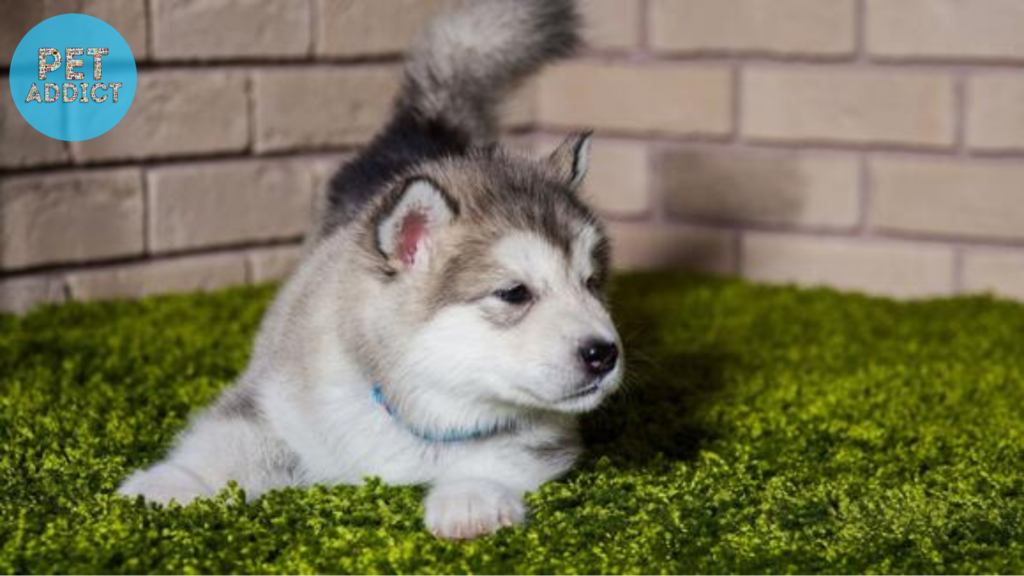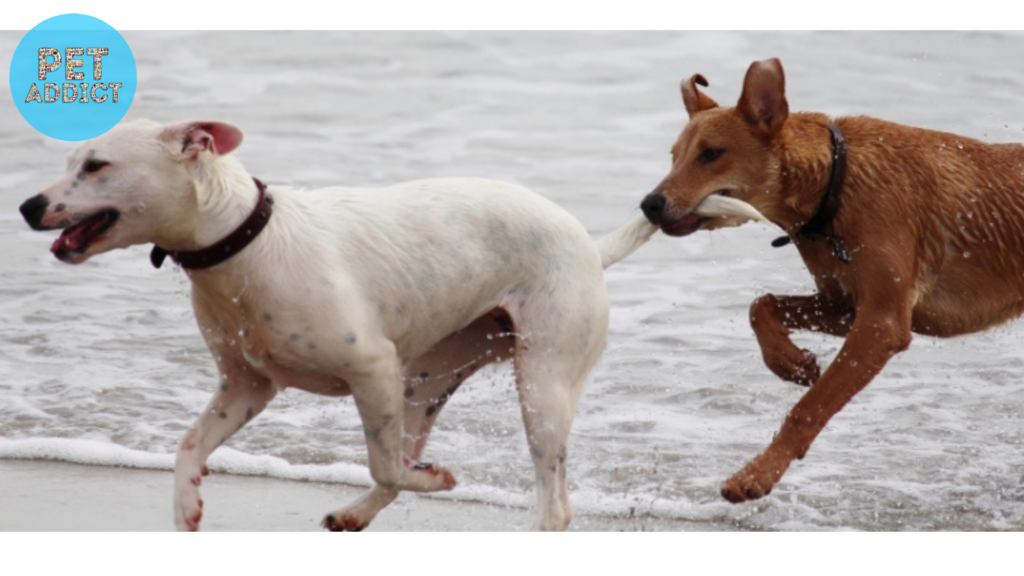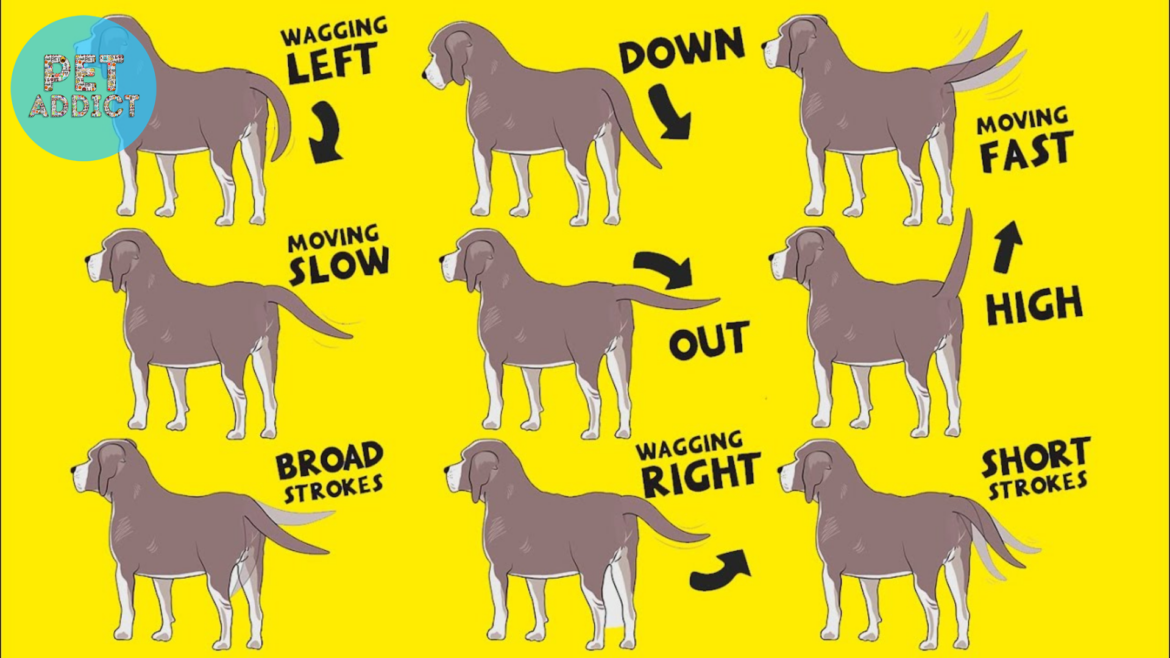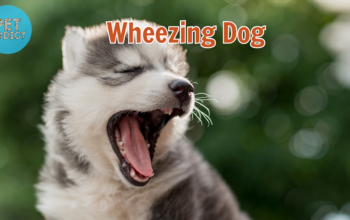If you’ve ever spent time with a dog, you’ve likely been greeted with an enthusiastic tail wag. But have you ever wondered what your furry friend is trying to convey through this seemingly simple gesture? Dog wagging tail is more than just a friendly hello; it’s a complex language of communication that reveals a wealth of emotions and intentions. In this article, we’ll explore the fascinating world of dog tail wagging and gain insight into the messages our canine companions are trying to convey.
PetAddict.net – The best place where you can find everything about your pet!
The Many Faces of Tail Wagging

Dog tail wagging is a multi-dimensional language with various nuances. Different tail positions, speeds, and rhythms all play a role in conveying distinct emotions. For example, a high wag with a wide sweep often signifies excitement, happiness, or confidence, while a low wag might suggest submission or uncertainty. A tucked tail indicates fear or submission, while a rapid wag can be a sign of joy and enthusiasm. By understanding the range of tail movements, dog owners can better interpret their pet’s emotions and respond appropriately.
Tail Wagging in Context

While tail wagging is essential in canine communication, it’s crucial to consider it within the context of other body language signals. Dogs use a combination of tail positions, body postures, facial expressions, and vocalizations to express themselves fully. By observing the tail alongside other cues, such as raised hackles, flattened ears, or bared teeth, dog owners can gain a more comprehensive understanding of their pet’s emotional state and overall communication.
Emotional Expressions through Tail Wagging

A dog’s tail wagging is not limited to expressing happiness or excitement. Dogs can use their tails to convey a range of emotions, including fear, anxiety, and even aggression. Understanding the subtleties of tail wagging in different contexts is essential to avoid misinterpreting signals and promote better communication with our canine companions.
Tail Wagging: Communication with Humans and Other Dogs

Tail wagging is a universal language that extends beyond the human-canine bond. Dogs also use their tails to communicate with each other during social interactions. A friendly wag can initiate play or indicate non-threatening behavior, while a stiff, slow wag might signal caution or tension. By recognizing the intricacies of tail communication, dog owners can facilitate positive interactions during socialization and playdates.
Responding to Tail Wagging

To strengthen the bond with our dogs, it’s essential to respond appropriately to their tail wagging. Positive reinforcement, such as verbal praise or a gentle pat, can reinforce positive behaviors and enhance the bond between the dog and their owner. Conversely, if a dog displays signs of fear or anxiety through their tail position, providing reassurance and a calming environment can help alleviate their distress.
Conclusion
Dog wagging tail is a rich and dynamic language that reveals a dog’s emotions and intentions. By paying attention to the various tail positions, speeds, and rhythms, dog owners can develop a deeper understanding of their pet’s communication. Recognizing the emotional expressions conveyed through tail wagging and responding appropriately not only fosters a stronger bond but also contributes to a happier and more harmonious relationship between humans and their beloved canine companions. So the next time your dog wags its tail, take a moment to decode their message, and you’ll find yourself delving into a beautiful world of canine expression and connection.




